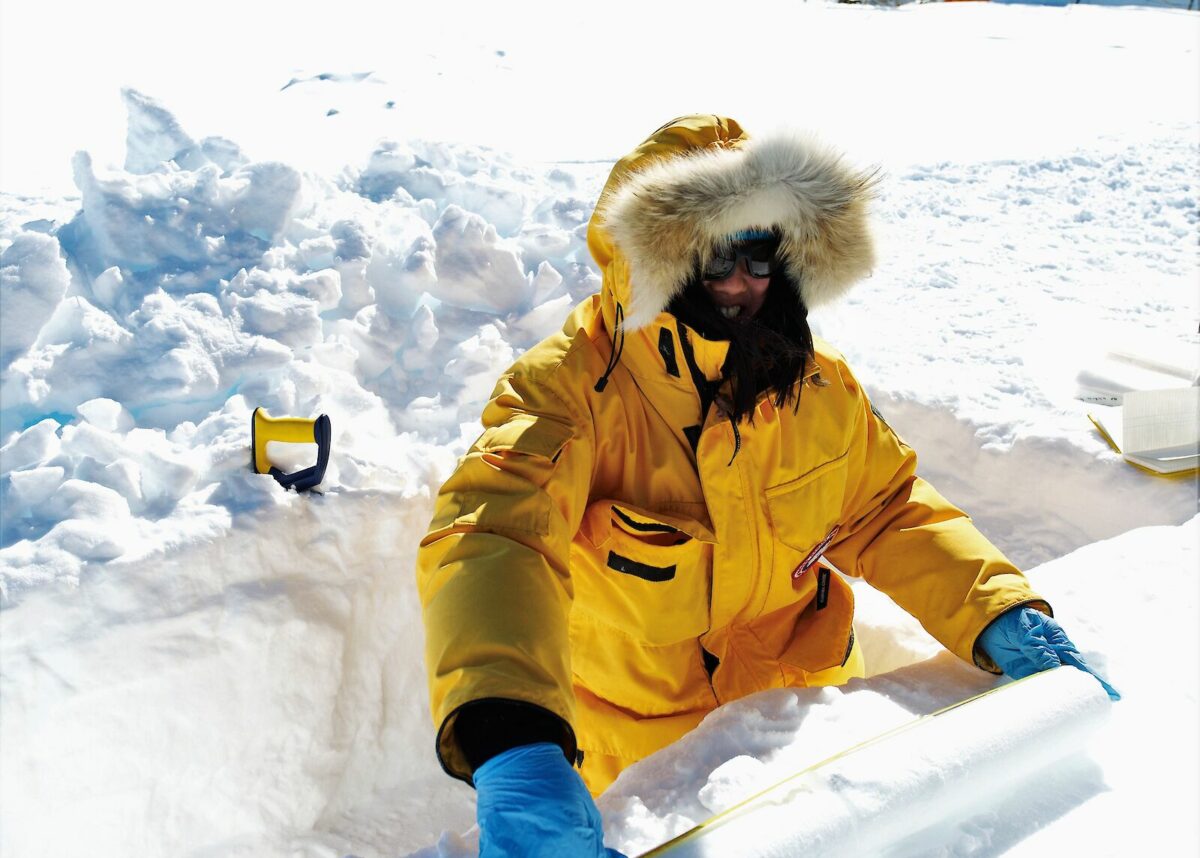The Australian Antarctic Division is embarking on one of its most ambitious summer seasons ever, with three ships and a range of aircraft being used to support expeditions.
The 2021-2022 summer season will see about 500 expeditioners travel south to undertake research or support the nation’s scientists as part of the Australian Antarctic Program.
But Australia’s new icebreaker, RSV Nuyina, is only scheduled to arrive in Hobart in October on its maiden voyage from Europe and will therefore require a period of commissioning before the vessel can travel to Antarctica.
Kim Ellis, Director of the Antarctic Division, said an ice-strengthened cargo vessel will also be chartered and potentially a second icebreaker to ensure the season’s big science project can be supported.
Expedition requires 800 tonnes of equipment
“This summer we are transporting 800 tonnes of equipment and machinery to Casey research station to support an expedition to drill an ice core dating back more than a million years,” Ellis stated.
Equipment includes 20 sleds, living and medical vans, generators and fuel in preparation for the journey 1,300 kilometres inland to a remote drill site in 2022-23.
“In order to be able to deliver this cargo and support resupply missions at our four stations in Antarctica and on sub-Antarctic Macquarie Island we will use at least one, and potentially two, other vessels,” he explained.
“This will give us flexibility to deal with a range of scenarios and contingencies over the coming season.”
The division’s Chief Scientist, Prof Nicole Webster, said the ice core project is a critical bit of the climate puzzle.
Ice core is located 2,800m within the ice cap
“We are aiming to recover Antarctica’s oldest continuous ice core, beyond 1.2 million years, from 2,800 metres deep within the ice cap,” she said.
Trapped within this ice are tiny bubbles of air and chemicals from this period in time.
“This will give us a snapshot of the Earth’s climate and atmospheric composition from when ice age cycles occurred at a pace of 41 thousand years, before slowly shifting to a [gap of] 100,000 years,” noted Professor Webster.
“Measurements on the ice core we retrieve could help us better predict future stability of the climate system and the processes involved in transitioning between different climate states.”











